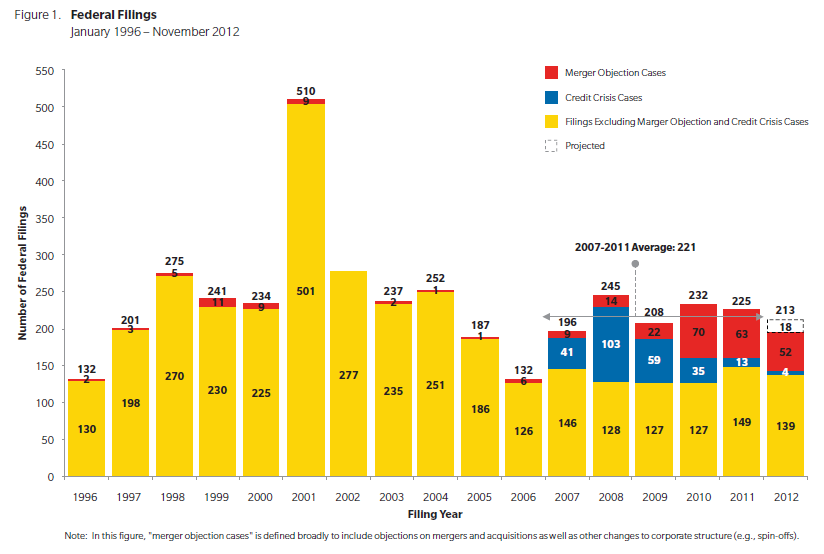The following post comes to us from Joseph Warin, partner and chair of the litigation department at the Washington D.C. office of Gibson, Dunn & Crutcher, and is based on a Gibson Dunn client alert by Mr. Warin and Jeremy Joseph. The full publication, including footnotes and appendix, is available here.
“Over the last decade, DPAs [Deferred Prosecution Agreements] have become a mainstay of white collar criminal law enforcement,” Lanny Breuer, the head of the U.S. Department of Justice’s Criminal Division, declared on September 13, 2012. Corporate Deferred Prosecution Agreements (“DPAs”) and Non-Prosecution Agreements (“NPAs”) (collectively, “agreements”) have, in Mr. Breuer’s words, ameliorated the “stark choice” that prosecutors faced: either to employ “the blunt instrument of criminal indictment” that he likened to using “a sledgehammer to crack a nut” or to “walk away” and decline prosecution outright. Mr. Breuer declared that DPAs and NPAs “have had a truly transformative effect on . . . corporate culture across the globe” resulting in “unequivocally[] far greater accountability for corporate wrongdoing–and a sea change in corporate compliance efforts.” Mr. Breuer’s comments are timely, coming in a year during which such agreements yielded a record level of monetary penalties and related payments totaling nearly $9.0 billion and are increasingly used to resolve front-page criminal matters.
This client alert, the ninth in our series of biannual updates on DPAs and NPAs, (1) summarizes the DPAs and NPAs from 2012, (2) considers detailed remarks from leading enforcement officials with the U.S. Department of Justice (“DOJ”) and the U.S. Securities and Exchange Commission (the “SEC”) regarding settlement agreements, (3) examines compliance measures presented in recent non-FCPA agreements as examples of DOJ-endorsed good practices in various industries, and (4) looks across the Atlantic to evaluate the United Kingdom’s prospective use of DPAs.
